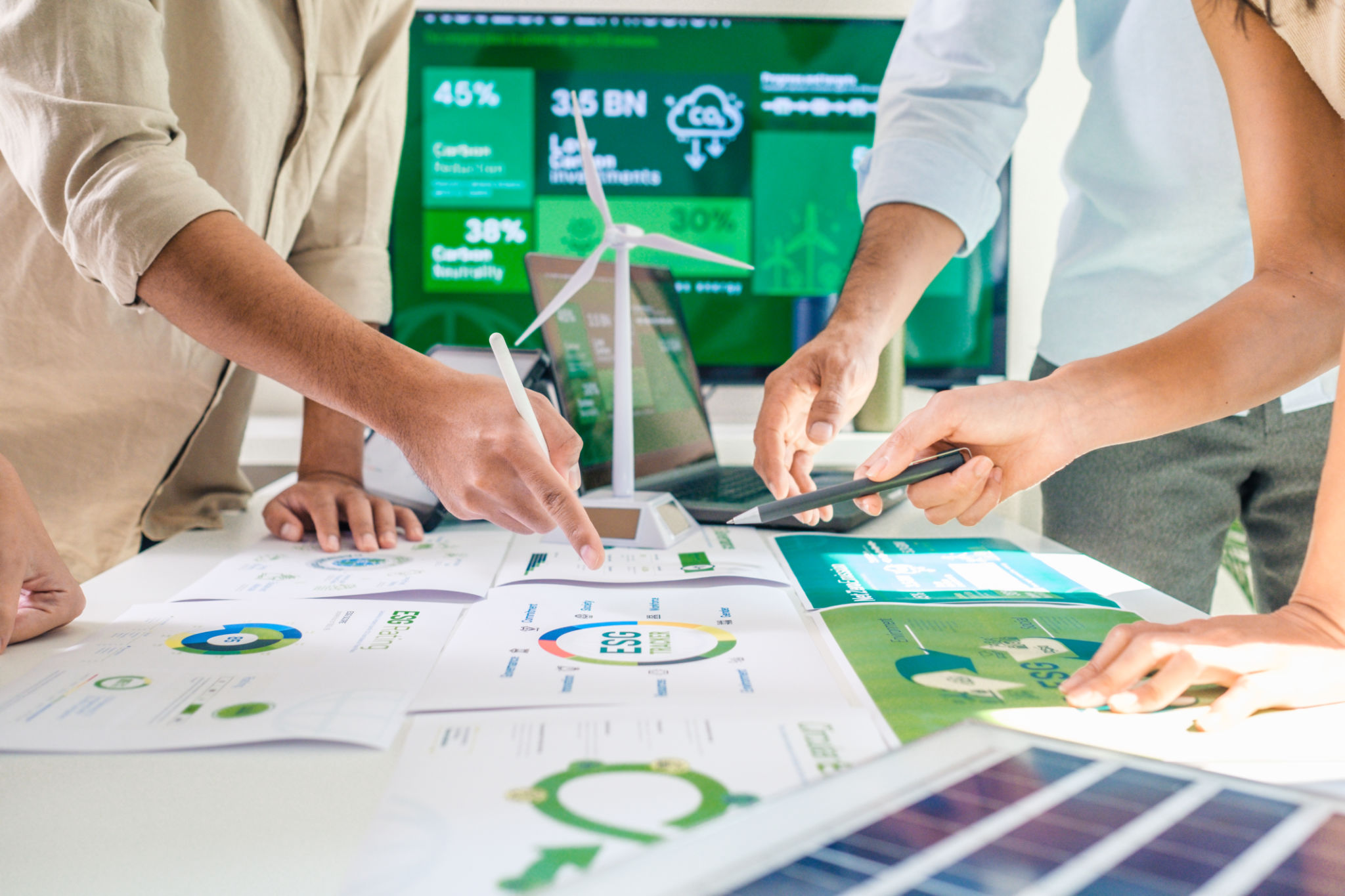The Environmental Impact of Puzzle Manufacturing: What We’re Doing to Help
Understanding the Impact of Puzzle Manufacturing
Puzzles have long been a beloved pastime, offering entertainment and cognitive benefits. However, like many products, puzzles have an environmental footprint that often goes unnoticed by consumers. From the materials used to the energy consumed in production, understanding the environmental impact of puzzle manufacturing is crucial for both manufacturers and environmentally conscious consumers.

The primary materials used in puzzle manufacturing are cardboard and paper, both of which contribute to deforestation and resource depletion. Additionally, the inks and coatings applied for vibrant designs often involve chemicals that may not be environmentally friendly. Recognizing these impacts is the first step towards creating a more sustainable future for puzzle production.
Reducing Resource Consumption
One of the key areas where puzzle manufacturers can make a substantial difference is in resource consumption. By opting for recycled materials and sustainable sourcing practices, manufacturers can significantly lower their environmental footprint. For instance, using recycled cardboard not only reduces the need for new materials but also minimizes waste.
Moreover, manufacturers are exploring eco-friendly inks and coatings that avoid harmful chemicals. These innovations ensure that puzzles remain safe for consumers while reducing their ecological impact. Implementing these changes requires commitment and investment, but the long-term benefits make it a worthwhile endeavor.

Energy Efficiency in Production
Another major concern in puzzle manufacturing is the energy consumed during production. Traditional manufacturing processes often rely on fossil fuels, contributing to greenhouse gas emissions. To tackle this issue, many manufacturers are investing in renewable energy sources such as solar or wind power to run their facilities.
Enhancing energy efficiency doesn't stop there. Incorporating energy-efficient machinery and optimizing production processes can further reduce energy consumption. By prioritizing energy efficiency, puzzle manufacturers are not only cutting costs but also helping to combat climate change.

Waste Management and Recycling
Effective waste management is essential in minimizing the environmental impact of puzzle manufacturing. Implementing recycling programs within production facilities helps reduce the amount of waste sent to landfills. Moreover, using biodegradable packaging materials can further decrease the ecological footprint of puzzles.
Encouraging consumers to recycle puzzles after use is another vital step. By providing clear recycling instructions and promoting puzzle donation programs, manufacturers can help extend the life cycle of puzzles and reduce waste.
The Role of Consumer Awareness
While manufacturers play a significant role in reducing environmental impact, consumers also have a part to play. By choosing puzzles made from sustainable materials and supporting eco-friendly brands, consumers can drive demand for greener products. Educating consumers about the environmental impacts of their purchases encourages more responsible buying decisions.
In conclusion, while the environmental impact of puzzle manufacturing is a complex issue, there are numerous ways to mitigate it. Through sustainable practices, energy efficiency, waste management, and consumer awareness, both manufacturers and consumers can contribute to a more environmentally friendly future for puzzles.
